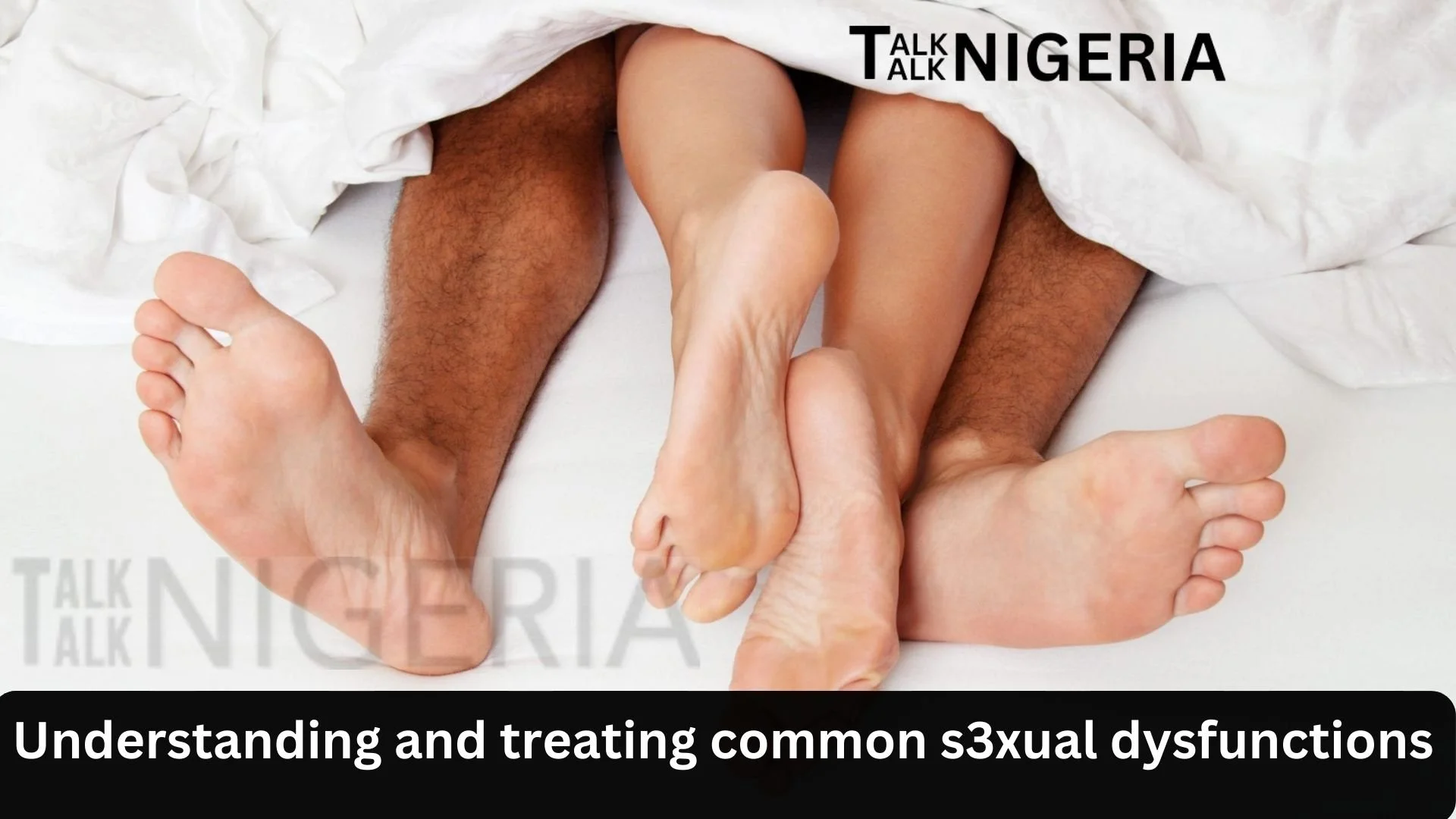Understanding and treating common s3xual dysfunctions
Sexual dysfunction is a common problem that can affect both men and women of all ages. It can occur due to various reasons, such as physical or psychological factors, hormonal imbalances, or lifestyle changes. Sexual dysfunctions can significantly impact an individual's quality of life and their relationships. Fortunately, most sexual dysfunctions can be treated with proper diagnosis and appropriate treatment.
In this blog post, we will discuss some of the most common sexual dysfunctions, their causes, symptoms, and treatments.
Erectile Dysfunction:
Erectile dysfunction (ED) is a condition in which a man has difficulty achieving or maintaining an erection sufficient for sexual intercourse. It can occur due to physical or psychological factors, such as high blood pressure, diabetes, anxiety, or depression. The symptoms of ED may include reduced sexual desire, difficulty achieving an erection, or a soft erection that cannot be sustained.
Treatment options for ED may include medication such as Viagra or Cialis, counseling, lifestyle changes such as exercise and healthy diet, or penile injections. In severe cases, surgical procedures such as penile implants may be recommended.
2. Premature Ejaculation:
Premature ejaculation (PE) is a condition in which a man ejaculates too quickly during sexual intercourse, often before he or his partner is satisfied. It can occur due to various factors such as anxiety, stress, or relationship issues. The symptoms of PE may include the inability to control ejaculation, ejaculation within one minute of penetration, or an unsatisfactory sexual experience.
Treatment options for PE may include medication such as topical anesthetics, behavioral techniques such as the squeeze technique, or counseling.
3. Female Sexual Arousal Disorder:
Female Sexual Arousal Disorder (FSAD) is a condition in which a woman experiences difficulty achieving or maintaining sexual arousal. It can occur due to various factors such as hormonal imbalances, menopause, or psychological factors such as anxiety or depression. The symptoms of FSAD may include reduced sexual desire, difficulty achieving or maintaining arousal, or an inability to reach orgasm.
Treatment options for FSAD may include medication such as hormone replacement therapy, counseling, or lifestyle changes such as regular exercise and stress management.
4. Vaginismus:
Vaginismus is a condition in which a woman experiences involuntary muscle spasms in the vaginal area, making penetration during sexual intercourse painful or impossible. It can occur due to various factors such as anxiety, trauma, or relationship issues. The symptoms of vaginismus may include pain during intercourse, difficulty inserting tampons, or avoidance of sexual activity.
Treatment options for vaginismus may include counseling, pelvic floor exercises, or the use of vaginal dilators.
5. Low Libido:
Low libido is a condition in which an individual experiences a reduced sexual desire. It can occur due to various factors such as stress, relationship issues, or hormonal imbalances. The symptoms of low libido may include reduced sexual desire, difficulty achieving or maintaining arousal, or an inability to reach orgasm.
Treatment options for low libido may include medication such as testosterone replacement therapy, counseling, or lifestyle changes such as regular exercise and stress management.
Conclusion:
Sexual dysfunctions are common and can significantly impact an individual's quality of life and their relationships. However, most sexual dysfunctions can be treated with proper diagnosis and appropriate treatment. It is essential to seek medical help if you are experiencing any sexual dysfunction to get the proper diagnosis and treatment. With proper treatment, you can regain your sexual health and improve your overall well-being.








